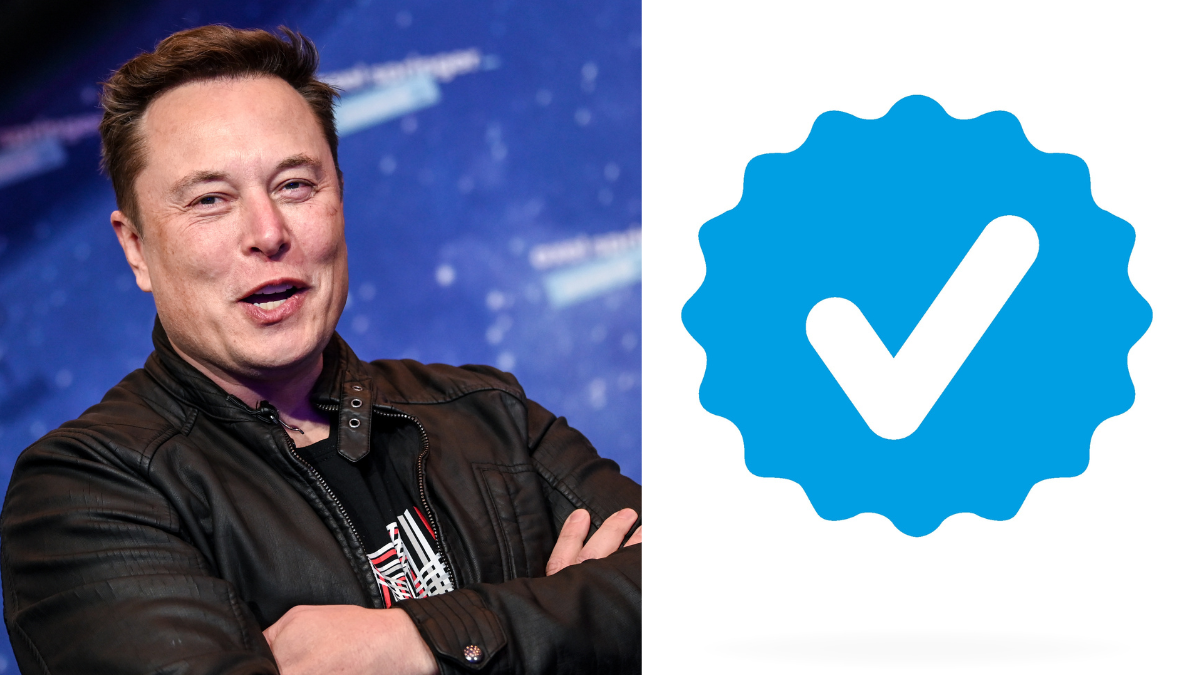
Twitter’s system of account verification comes to an end Saturday when, as the company’s owner Elon Musk announced earlier this month, all “legacy” verified accounts will lose their blue check. Henceforth, only people who pay $8 a month to subscribe to “Twitter Blue” will receive one.
This change also comes with further inconveniences for previously verified users who won’t sign up. But the main thing — assuming start date doesn’t mean this is a joke — are those blue checks. Musk apparently thinks they’re a kind of status symbol — as opposed to the simple confirmation that a prominent, or public-facing account holder is who they say they are — and he aims to charge for them.
But if Musk thought that by stripping “legacy” accounts of their verification, he could convert those account holders into Twitter Blue subscribers, at least when it comes to American media he’s mistaken. This week, as reported by CNN’s Oliver Darcy, several of the country’s biggest outlets have told employees they won’t bite.
“We aren’t planning to pay the monthly fee for verification of our institutional Twitter accounts” The New York Times told Darcy, adding, “we also will not reimburse reporters for the verification of personal accounts” with the sole exception of “rare instances where verified status would be essential for reporting purposes.”
The Washington Post rejected subscribing “as an institution or on behalf of our journalists,” a spokesperson told Darcy, noting that “it’s evident that verified checkmarks no longer represent authority and expertise.”
In a memo to employees, the Los Angeles Times said it won’t subscribe nor will it reimburse employees who do. “First of all, verification no longer establishes authority or credibility. Instead, it only means that someone has paid for a Twitter Blue subscription. Secondly, while twitter remains an important tool for newsgathering, it is not as reliable as it once was. We will not be paying to verify our organization on twitter either. It’s still unclear if there’s actual value in doing so, beyond identifying all of us as L.A. Times staffers.”
Buzzfeed was more blunt: “As an organization, we will not cover fees for individuals to keep their blue checkmarks moving forward. There are several reasons for this, but one outweighs them all: a blue checkmark no longer means the handle is ‘verified.’”
Politico was similarly dismissive of Twitter Blue, telling employees, “In the future, a checkmark will no longer mean you are a verified journalist. Instead, it will simply mean you are paying for benefits such as longer tweets and fewer ads. POLITICO will not pay for you to subscribe to Twitter Blue.”
Vox Media meanwhile told Darcy, “While Vox Media will take advantage of legacy account verification when provided to our brand accounts, it will generally not pay for employees to keep or gain Twitter verification.”
Musk first announced Twitter blue last fall, just days after he purchased Twitter – having been forced to do so via lawsuit after he tried to back out of the deal. He’s consistently said that charging for blue checks is necessary for Twitter to make money. And indeed, since Musk took over, Twitter has lost advertisers and revenue amid concerns about actions Musk has taken, like the reinstatement of users who’d been banned for terms of service violations — including, among others, a neonazi.
Twitter projects the company to earn around $732 million in the first quarter of 2023, more than a third less than what it made during the same quarter in 2021. And according to a leaked memo, as of March, Twitter is worth less than half of the $44 billion Musk paid back in October.
But Twitter Blue subscriptions might not be able to salvage the situation. As of Feb. 7 there were only around 180,000 paying customers, approximately 0.2% of total Twitter users. That amount of subscribers would generate only around $28 million. We’ll see if that subscriber count changes come Saturday.














